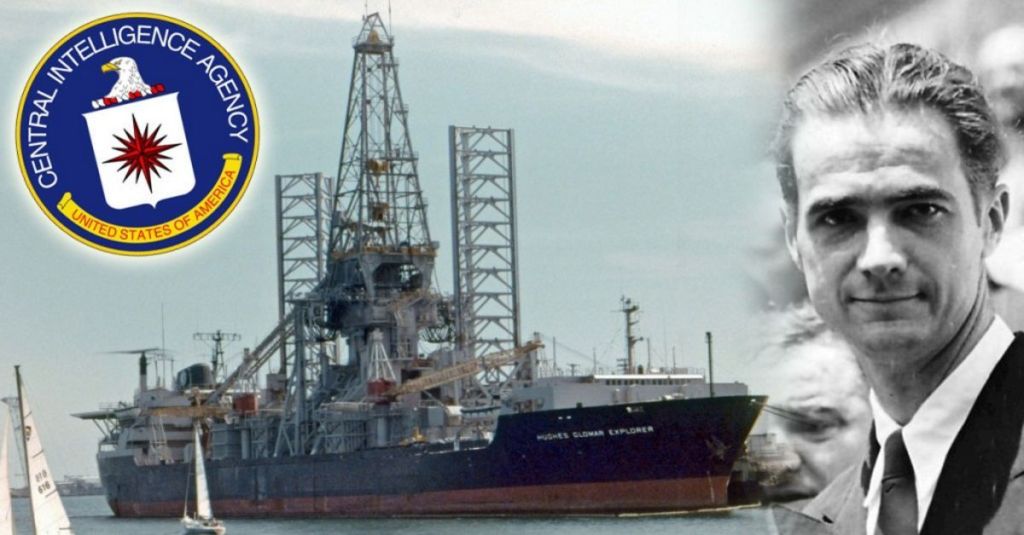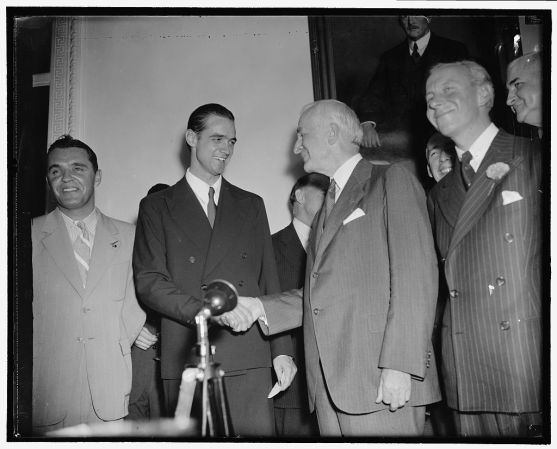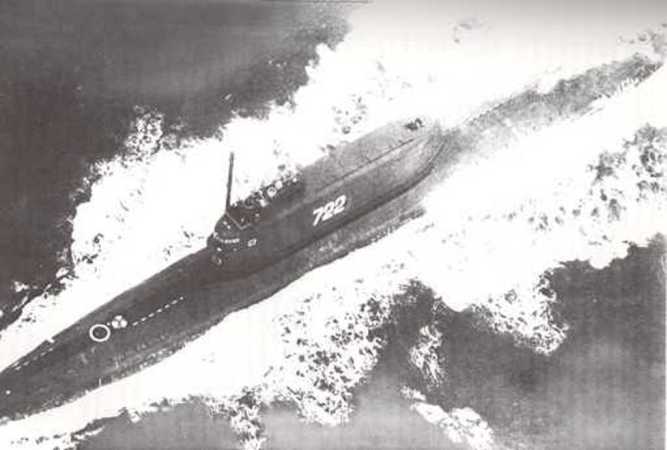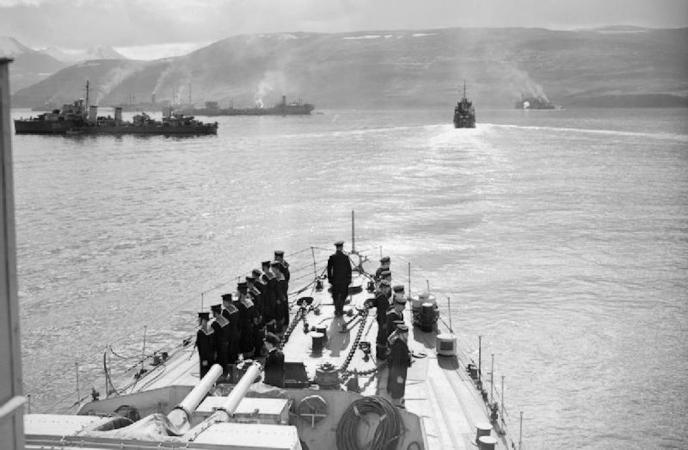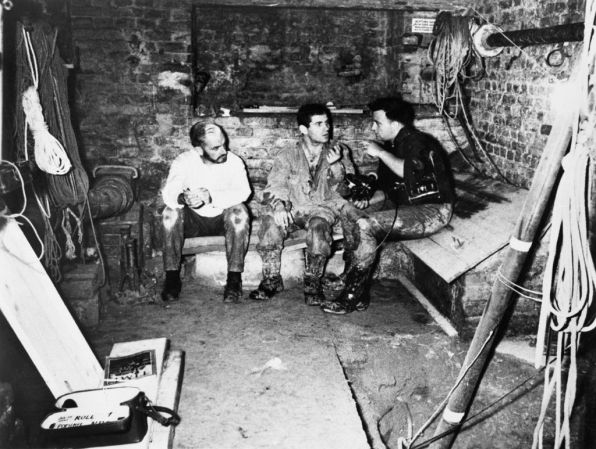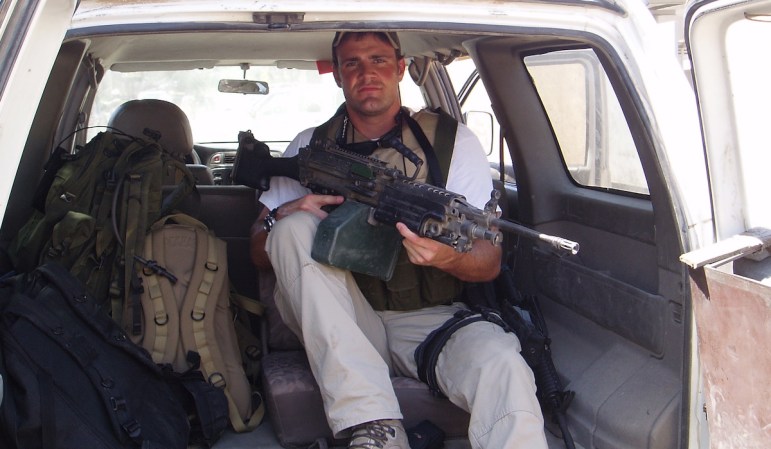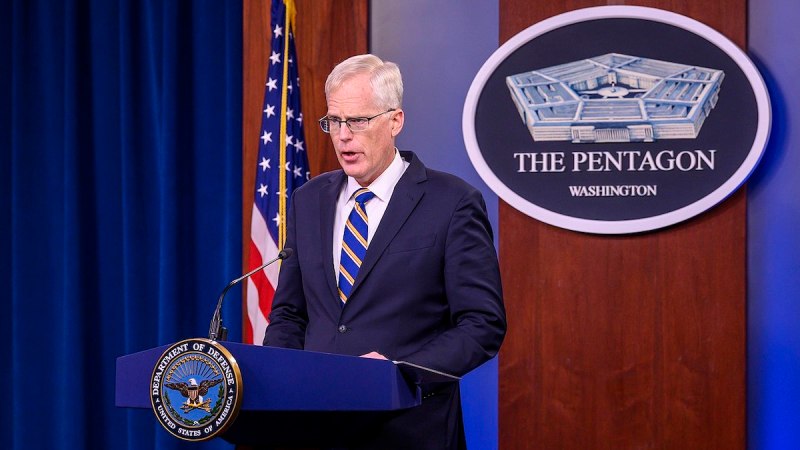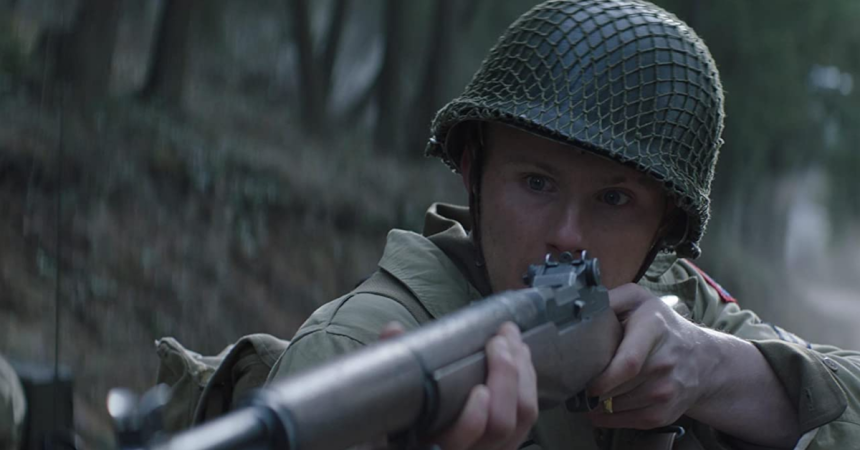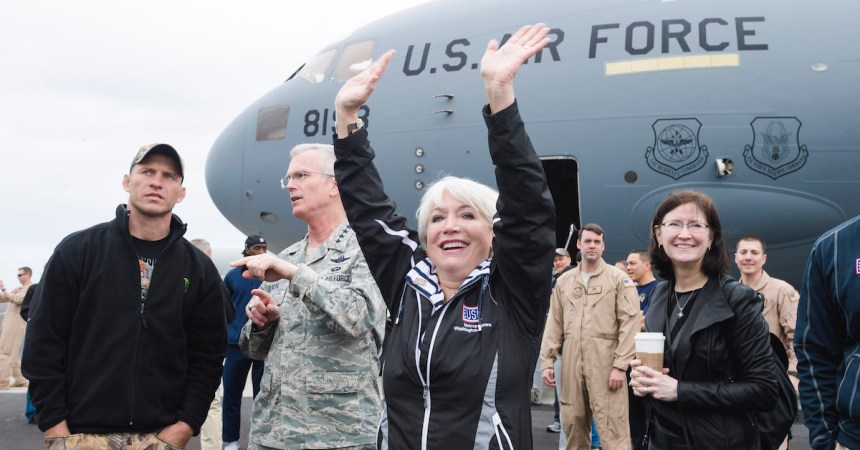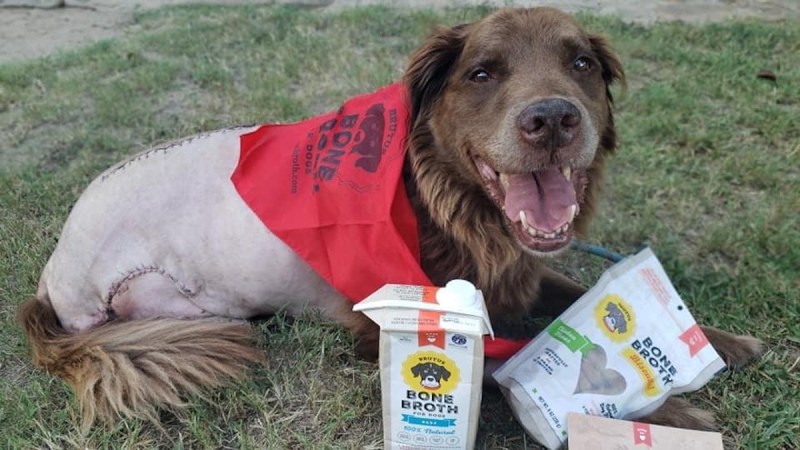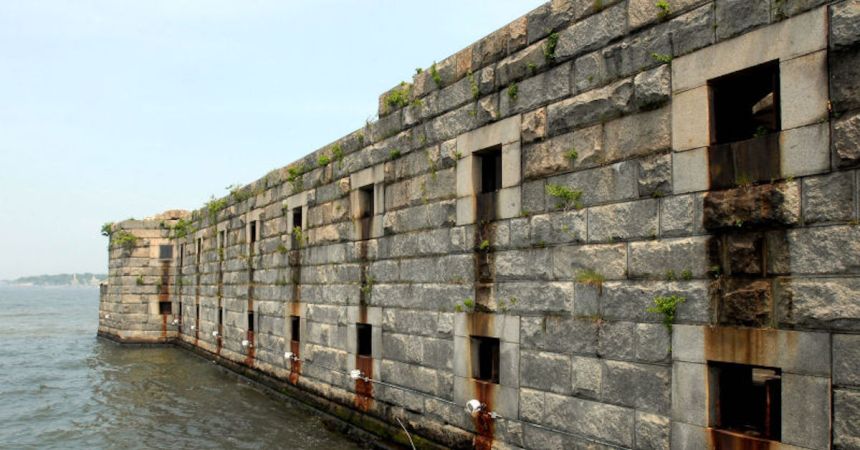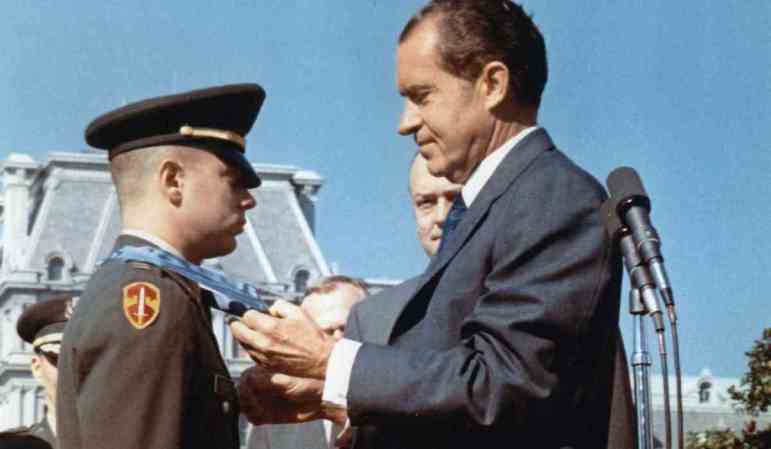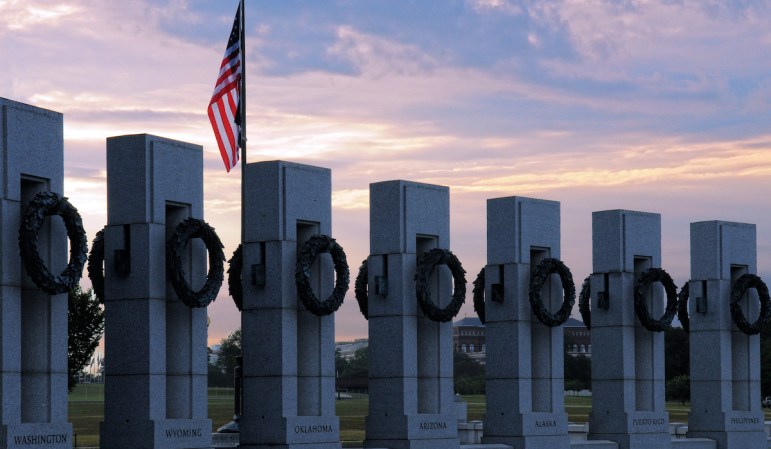With the use of a massive ship and a cover story involving billionaire Howard Hughes, the CIA pulled off one of the most epic heists of the Cold War during the 1970s.
The story begins in 1968, with the sinking of a Soviet submarine. In September of that year, the nuclear-armed K-129 and all of its crew sank 16,500 feet to the bottom of the Pacific ocean. The Soviets conducted an unsuccessful search over the next two months — and that’s where the CIA comes in.
After the Soviet Navy failed to pinpoint the location of the wreckage, the US Navy found it. So the CIA decided to raise it off the seabed. They called this mission “Project Azorian,” and its details have been an official secret for decades. It took three years for retired CIA employee David Sharp to get permission to publish in 2012 his account of the mission and his role.

Onboard the sub were live nukes, secret documents, electronics, and cryptography equipment that could help the Americans crack Soviet codes, according to Maritime Reporter. But the CIA couldn’t just build a massive recovery ship emblazoned with “US Navy” on its side and get to work in the middle of the Pacific. The Soviets would be very suspicious.
Long before the CIA concocted the fake movie “Argo” to rescue hostages in Iran, it brilliantly bullsh–ted the Soviets with the help of an eccentric billionaire. The agency approached Howard Hughes, and recruited his help in providing the cover story: The ship, called the Glomar Explorer, would be conducting marine research “at extreme ocean depths and mining manganese nodules lying on the sea bottom. The ship would have the requisite stability and power to perform the task at hand,” according to the CIA’s account of the operation.

The massive 618-foot-long ship took four years to build, and was incredibly complicated. Meanwhile, Hughes was talking up the mining effort in the press, enjoying headlines like “SECRET PLAN: HUGHES TO MINE OCEAN FLOOR.”
While Moscow had no idea what was going on, in August 1974 the Explorer wrapped its mechanical claw around the K-129 and began raising it up from its three-mile depth. Unfortunately, the operation did not go exactly as planned: As it neared 9,000 feet below the surface, the claw failed and a large part of K-129 broke apart and fell, according to PRI. But the CIA still managed to bring up the ship’s bow, with the bodies of six Russian sailors.

The CIA could have given it another try (and planned on it) if it had time to build a new claw, except the secret operation was exposed in the press shortly after Hughes’ L.A. headquarters had a break-in. The thieves had stolen a number of secret documents, one of which linked Hughes, Glomar, and the CIA. The Los Angeles Times broke the story in 1975.
There’s are a few interesting post-scripts to the story. The bodies of the Russian sailors were buried at sea in a secret ceremony, video of which was later shared with the Soviets in 1992 as a gesture of goodwill. And the Glomar Explorer was later bought by TransOcean and converted for deepwater oil drilling, though it’s soon headed to the scrapyard after 40 years of service.
But perhaps most famously, the incident highlighted the CIA’s standard “Glomar Response,” an incredible non-answer that has annoyed everyone from average Joes to journalists alike: “We can neither confirm or deny the existence of such an operation.”
We can neither confirm nor deny that this is our first tweet.
— CIA (@CIA) June 6, 2014


